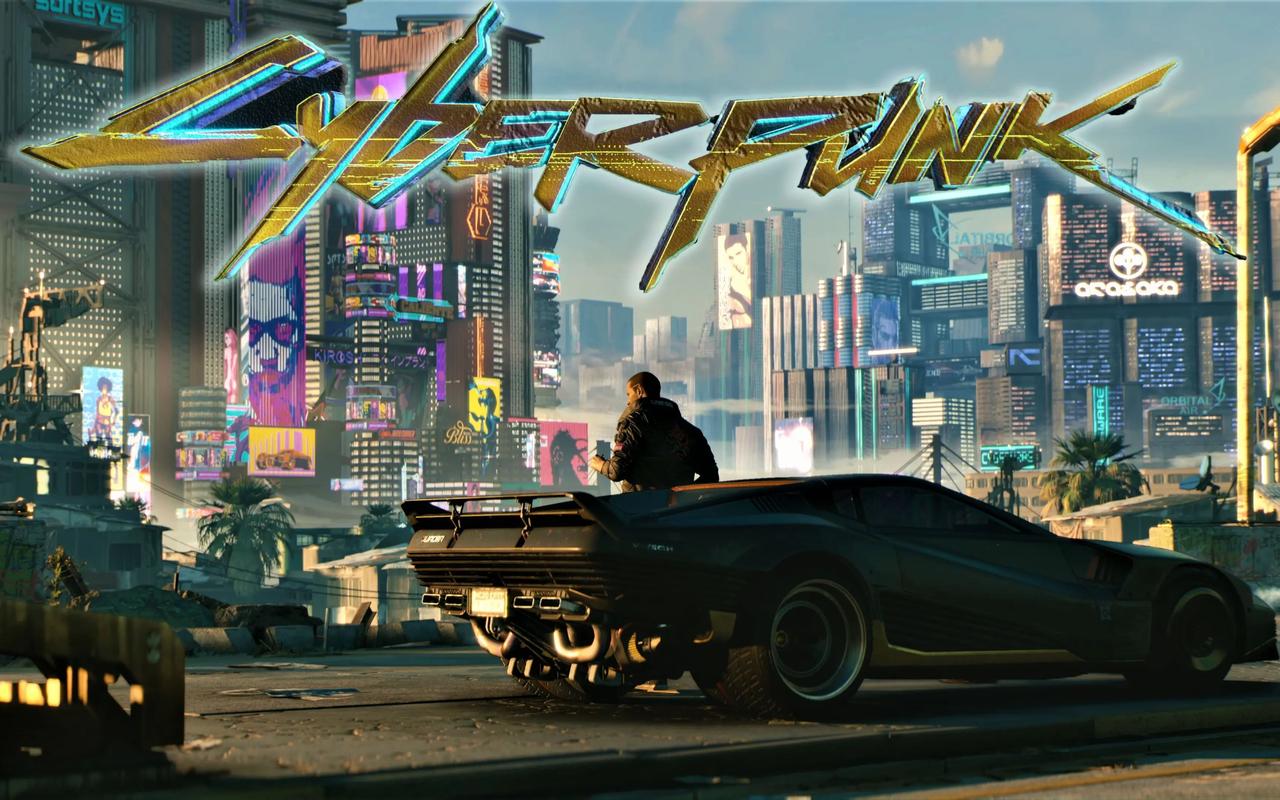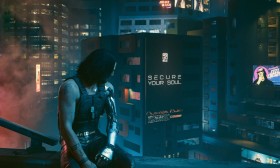Cyberpunk 2077 Character Creation Score: Customization Depth
Introduction
Cyberpunk 2077, developed by CD Projekt Red, is an open-world RPG set in the dystopian metropolis of Night City. One of the game’s most anticipated features was its character creation system, promising deep customization that would allow players to craft a unique protagonist, V. While the game faced criticism at launch for technical issues, its character creation system remains a strong point, offering a mix of aesthetic and role-playing depth. This article evaluates Cyberpunk 2077’s character creation based on customization depth, analyzing its strengths, limitations, and overall impact on player immersion.
Visual Customization: Aesthetic Flexibility
Cyberpunk 2077 provides a robust visual customization system, allowing players to modify their character’s appearance in detail. The options include:
1. Facial Features & Body Type
Players can choose between two body types (masculine or feminine) with sliders for muscle definition and proportions. While the body customization is not as granular as some RPGs (e.g., weight adjustments), it allows for a decent range of builds.
Facial customization is where the system shines. Players can adjust:
- Head shape (jawline, cheekbones, forehead)
- Eyes (color, shape, cybernetic enhancements)
- Nose, mouth, and ears (multiple presets with fine-tuning sliders)
- Hairstyles & facial hair (a variety of futuristic and traditional options)
However, some players noted that facial presets lack diversity, with many looking too similar. Additionally, the inability to adjust height was a missed opportunity for deeper personalization.
2. Cyberware & Tattoos
A standout feature is the inclusion of cybernetic modifications, reinforcing the game’s transhumanist themes. Players can add:
- Facial implants (glowing circuits, metallic skin patches)
- Scars & tattoos (ranging from gang ink to corporate branding)
While these options enhance immersion, some felt that cyberware customization was underutilized in-game, with few NPCs reacting to extreme body modifications.
3. Clothing & Style
Night City is a fashion-forward dystopia, and V’s wardrobe reflects that. Players can mix and match:
- Jackets, shirts, pants, and shoes (with layered clothing options)
- Cyberpunk-themed accessories (glasses, gloves, belts)
Unfortunately, clothing stats often conflict with aesthetics, forcing players to choose between style and functionality—a common RPG issue.
Role-Playing Customization: Backgrounds & Skills
Beyond looks, Cyberpunk 2077 offers narrative and gameplay customization through:
1. Lifepaths (Backgrounds)
Players select one of three lifepaths at the start:

- Nomad (desert outcast with vehicular expertise)
- Street Kid (Night City native with underworld connections)
- Corpo (former Arasaka employee with corporate insight)
Each lifepath provides unique dialogue options and minor story changes, but the impact is mostly superficial. After the prologue, differences in reactivity diminish, making the choice feel less consequential than advertised.
2. Attribute & Skill System
V’s abilities are shaped by:
- Attributes (Body, Reflexes, Technical, Intelligence, Cool) – Govern core combat and interaction mechanics.
- Skills (e.g., Handguns, Hacking, Athletics) – Improve through use, rewarding specialization.
The system allows for diverse playstyles:
- Netrunner (hacker) – Focuses on breaching systems and disabling enemies remotely.
- Solo (combant specialist) – Excels in gunplay and melee.
- Techie (engineer) – Uses gadgets and tech weapons effectively.
However, attribute respec is impossible after initial allocation, limiting experimentation.
Gender & Identity Representation
Cyberpunk 2077 takes a progressive stance on gender, avoiding binary restrictions:
- Voice and body type are independent (e.g., a feminine body with a masculine voice).
- Romance options are not gender-locked, allowing players to pursue relationships freely.
While praised for inclusivity, some players wanted more pronoun options beyond he/him and she/her.
Comparison to Other RPGs
Compared to other RPGs:
- Deeper than Fallout 4 (which had limited facial sliders) but less flexible than The Elder Scrolls (modding community expands options infinitely).
- More narrative-driven than Saints Row (which prioritizes absurd customization over role-playing).
- Lacks the seamless gameplay integration of Dragon Age: Origins (where background deeply alters the story).
Final Verdict: Strengths & Missed Opportunities
Strengths:
✔ Detailed facial and cybernetic customization
✔ Flexible gender representation
✔ Diverse playstyles via attributes and skills
Weaknesses:
✖ Lifepaths lack long-term impact
✖ No height adjustment or advanced body sculpting
✖ Clothing stats often override fashion choices
Conclusion
Cyberpunk 2077’s character creation offers solid visual and role-playing depth, though it falls short of being revolutionary. The system excels in aesthetic flexibility and inclusivity but misses opportunities for deeper narrative consequences and physical customization. Despite its flaws, it remains one of the better RPG character creators, especially for players who value style and cyberpunk flair. Future updates or sequels could refine these systems further, making Night City feel even more personal.














